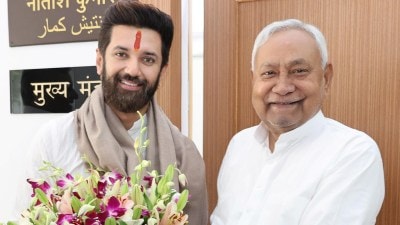New trade winds
Balance of global trade has shifted. India must remain engaged with the Pacific region to take advantage
Balance of global trade has shifted. India must remain engaged with the Pacific region to take advantage
The latest OECD indicators suggest that the world economys downturn may have bottomed out. Indicators are perking up across the world,except in India and China. Even in India,as the latest monthly export data for February shows,growth is back on the horizon. The setting is hospitable,it would appear,for key global players to advance the trade agenda. As recession hit the US and then parts of the European Union from 2008 onwards,the developed world seemed to have lost the energy to promote trade openness. In the US,in his re-election campaign,President Barack Obama supported a protectionist position. Other than China,India was the biggest casualty in the process,as its export market turned bleak through 2011,declining further in 2012. The collateral damage can be seen in the widening of the current account deficit to 5.4 per cent of the GDP in the third quarter of this fiscal.
In this context,the recent interest shown by Obama in reviving global trade is welcome. However,there is a change in the plan. The balance of global trade has clearly moved to the Indian and Pacific Oceans a development the US is keen to benefit from. US support for a Trans-Pacific Partnership to grow into a free trade area in the region is a response tailored to the altered reality. There are four ASEAN nations in this group,but India and China are missing from the bloc. The two countries have decided to float the competing Regional Comprehensive Economic Partnership. The East Asian region accounts for about half of the world population and 40 per cent of the world GDP,so any bloc that dominates the trade agenda here can hope to leverage its vantage point to determine the shape of world trade. For the US,it makes sense to push for a deeper engagement now,since Obama has three years of his final term to devote to the effort. His team also recognises that quantitative easing and other fiscal and monetary measures to revive the US economy have reached their limit. So the demand for manufacturing must be generated through international trade.
India is also at the point where it recognises the new imperative. While the global trade pool should be large enough to benefit all,the actual outcome tends to favour some more than others. New Delhi,then,must not stay hitched to only the China wagon. It must encourage both blocs to prosper and maximise its advantage. This can only be done by staying engaged with the region.






- 01
- 02
- 03
- 04
- 05

























